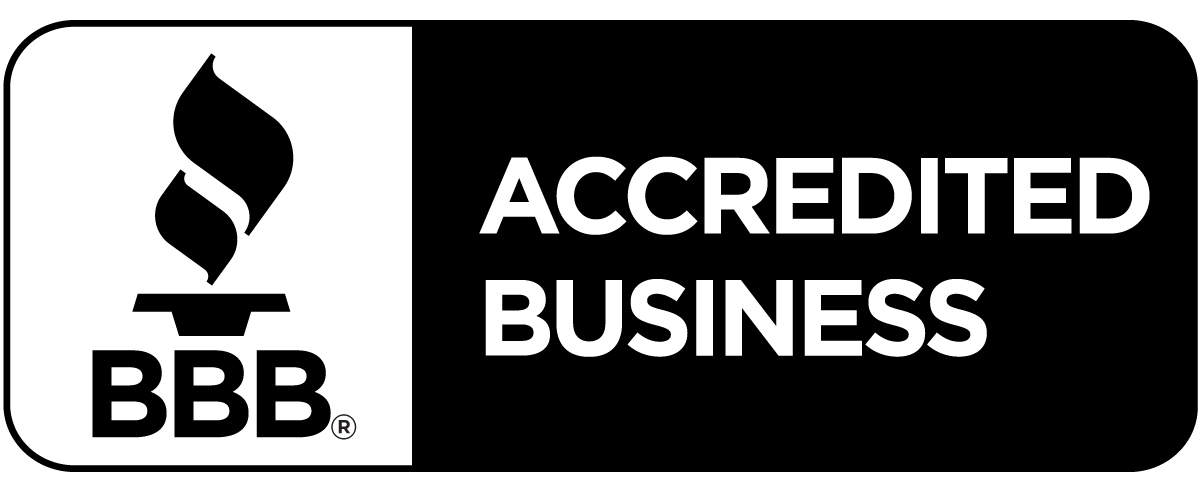A shorter build time – With Modular Construction, the foundation and the building can be built at the same time. Factory-based pre-fabrication also speeds up the process, giving modular construction an average 20 to 30% time savings over traditional construction. That’s just the average. A Florida Assisted living project 52 beds thttp://www.bradenton.com/2014/11/15/5475615/modular-bradenton-senior-care.html which would have taken a full year to build using traditional construction techniques has a planned start-to-finish modular construction timeline of about five months. And a 15-story Ark Hotel.
A quicker return on investment – A tighter turn-around means more money, sooner. “Because it (modular construction) takes half the time,” “you can rent out the units and generate income much quicker, and the carrying costs are lower.”
Increased cost-savings – Modular construction can cut costs by 20-30%. A shorter build time saves money on overall construction. Labor costs are less, as prefab construction uses more factory workers and less individual tradesmen like plumbers and electricians.
No weather-related construction issues – Construction crews work inside, enabling them to work year-round, no matter the weather. Building materials stay cleaner indoors, where they’re also protected from the elements.
A solution for difficult sites – Imagine building a hospital in Fairbanks—in the winter. A build using typical construction methods could span several seasons. Modular’s indoor construction and quick onsite erection make it a great choice for projects in harsh climates and hard-to-get-to sites.
Limited site disruption – The same factors that make modular work well for difficult environments can also be assets when constructing projects on sites where it’s important to keep business or activity flowing. When delivery and installation can be completed in a matter of weeks.
Less pollution – Since most materials are delivered to the factory, Modular Construction means fewer trucks at the project site. Fewer vehicles mean less air and noise pollution, thus one more factor in overcoming the construction labor shortage.
Less waste – Off-site modular manufacturing can reduce waste and make it simpler to use lean manufacturing methods and environmental principles during construction. Not only that, but prefab construction materials—all of them, from packaging to steel—are easier to recycle, since they haven’t been exposed to the elements.
Easier quality control – The modular method of “in-house” design and production helps designers, engineers, and builders spot problems early on. “In the first three weeks of production they manufacture one entire module, which is basically like getting to see a full-scale mock-up of your project,” Any corrections are easier to make, too. “With prefab,” “everything is done the same, so once we make a fix, it is fixed permanently.”
Modular can be beautiful – From a distance, Habitat 67 looks almost like a small village of houses clustered together on a hillside on the banks of Montreal’s St. Lawrence River. But both the hill and village are really individual houses created from modular cubes stacked to hill-height—homes filled with light and green with rooftop gardens. Designed nearly half a century ago by Moshe Safdie for Expo ’67, Habitat 67’s apartments are considered some of the most beautiful homes in the city.
Contact USModular, Inc. for expert advice for your next project.
888-987-6638



